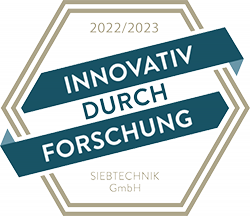Screen scroll centrifuge CONTURBEX
The CONTURBEX is a continuously operating, filtering centrifuge with a very wide range of applications.
Aluminum salt slag is a byproduct of both the production and recycling of aluminum.
During the production of aluminum using the smelting process, aluminum oxide and other impurities are melted in an electrolysis process to produce pure aluminum. The resulting slag, known as aluminum salt slag, consists primarily of aluminum oxide and is contaminated with salts such as sodium chloride, potassium chloride, and fluorides.
Aluminum salt slag is also produced during the reprocessing of used or spent aluminum in the recycling process.
The collected aluminum is melted down in smelters or furnaces to purify it for use in the manufacture of new aluminum products. The impurities and foreign materials contained in the recycled aluminum alloy are deposited as slag, which also consists mainly of aluminum oxide and salts.
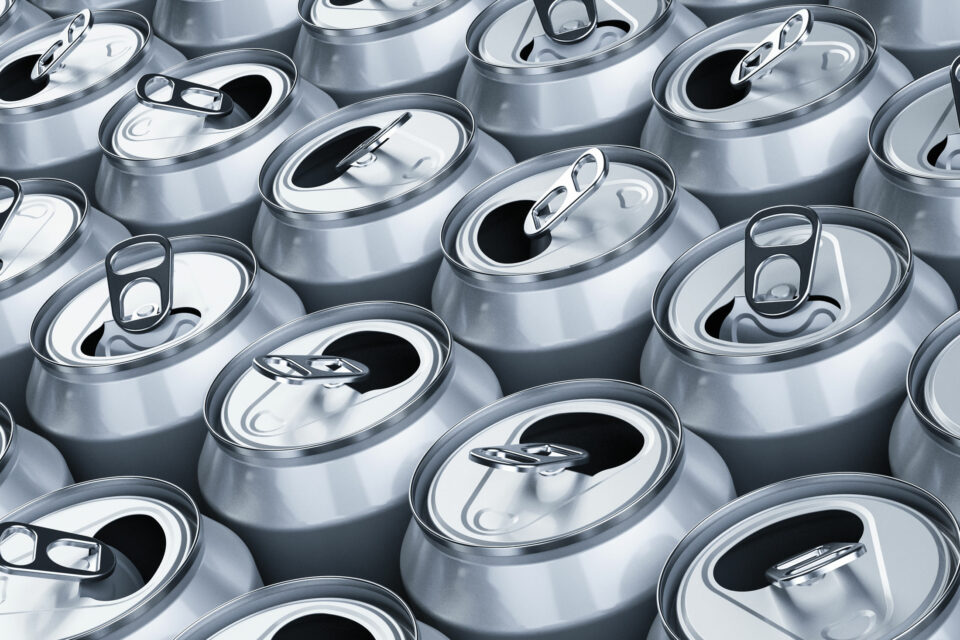

Aluminum salt slags are produced as a residual material during the melting of aluminum scrap and dross, which mainly takes place in rotary drum furnaces. During this particular process, smelting salt, a mixture of e.g. 70% NaCl, 28 % KCl and 2 % CaF2, is added. This salt floats on top of the molten metal and prevents oxidation of the liquid aluminum metal and additionally absorbs the impurities of the scrap. Aluminum metal and salt blanket are then successively discharged from the rotary drum furnace.
The last „tapped“ salt mixture contains residues of aluminum metal and various metal oxides, primarily aluminum oxide. This mixture solidifies in tubs, forming what is known as aluminum salt slag. The typically produced aluminum salt slag is composed of approx. 60% NaCl/KCl mixed salts, 30% aluminum oxides and 5 – 10% metallic aluminum.

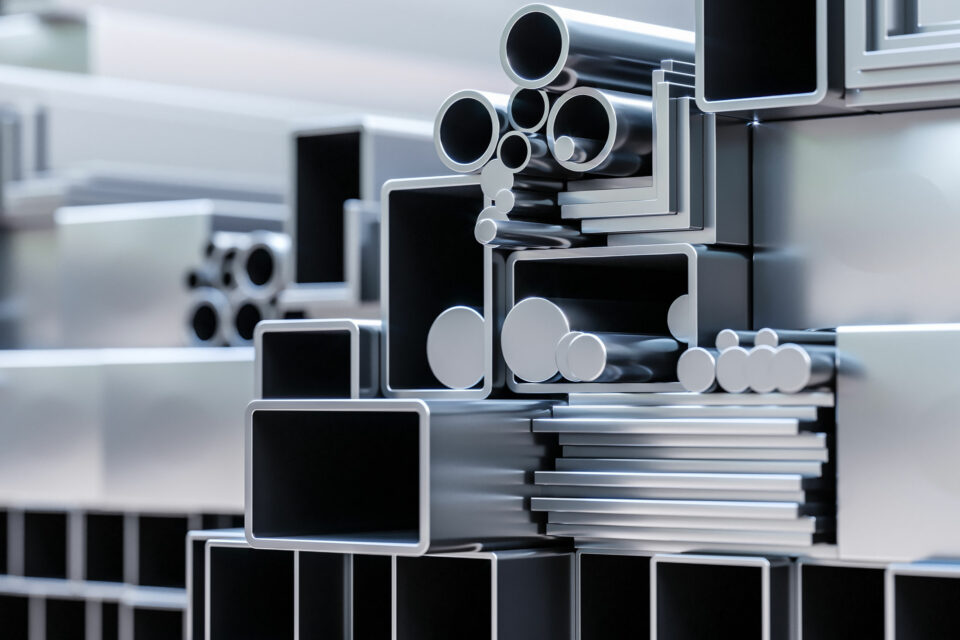
First, the metallic aluminum is separated from other components by dry mechanical separation processes, such as screening, and extracted from the aluminum salt slag.
A combination of processes is used in the subsequent wet processing stage. The molten salt still contained in the slag is recovered in multi-stage dissolution and recrystallization processes and dewatered using SHS pusher centrifuges or CONTURBEX screen scroll centrifuges.
The alumina residue in the wet section is thoroughly washed and dewatered. Special equipment such as vacuum belt filters and DZ decanters are used to reduce the moisture content and convert the toner residues into a transportable form. These residues are reused in the construction materials industry.
An important aspect of processing is the environmental compatibility of the process. The wet end generally operates with a closed water circuit to minimize water consumption and environmental impact. All dust and gases generated during the process are captured and separated in an exhaust gas cleaning system. Harmful gases such as ammonia are converted to ammonium sulfate in special column scrubbers and dewatered using our pusher centrifuges and screen scroll centrifuges.
The treatment of aluminum salt slag is a highly sophisticated process in which our equipment solutions play several key roles. By efficiently recovering aluminum and other valuable materials from the slag, this process makes a valuable contribution to promoting recycling and reducing the environmental impact of the aluminum industry.
SIEBTECHNIK TEMA centrifuges are specially optimized for the respective separation task. When selecting materials, austenitic and ferritic stainless steels have proven themselves in centrifuge construction for applications subject to normal stresses.
For processes in which abrasive materials are processed, the centrifuges must be provided with effective wear protection. Starting with hard coal processing, we have been continuously developing wear protection systems since 1922.
Our centrifuges can be equipped with highly developed wear protection systems made of e.g. tungsten carbide, Stellite® or ceramic tiles, to name but a few. Rubber coatings or matrix coatings have also proven themselves in various applications.
If required, our engineers develop new and efficient solutions in coating, bonding and joining technology for our customers worldwide.
Centrifuge components must not only withstand high forces, but also process-related stresses such as corrosion, wear and high temperatures. Cost and availability of materials also play an important role. Our customers select the necessary product-contacting materials according to these very specific requirements.
Duplex and high-alloy stainless steels, Hastelloy® and titanium materials for a wide variety of processes and stresses are part of our daily business in centrifuge construction. Our quality management has developed very detailed and cost effective processes for design, manufacturing processes and component testing based on European guidelines.
Typical sheet metal and forging materials for centrifuge wetted components include

The CONTURBEX is a continuously operating, filtering centrifuge with a very wide range of applications.

The SIEBTECHNIK TEMA SHS pusher centrifuge has established itself and proven itself as a modern high-performance unit in many industries.
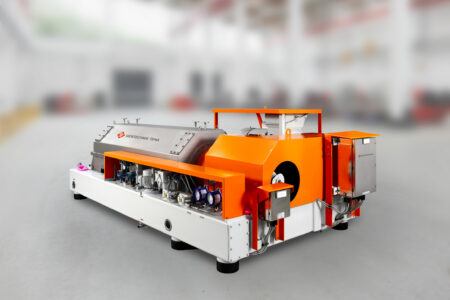
Our decanters are individual, functional and versatile. They offer highly efficient separation of even the finest solids with almost complete clarification of the liquid phase.

Our banana screening machine is used for screening granular bulk materials. It achieves good separation efficiency at extremely high feed rates and with difficult-to-screen material and is a high-speed screen in terms of its operating behavior.
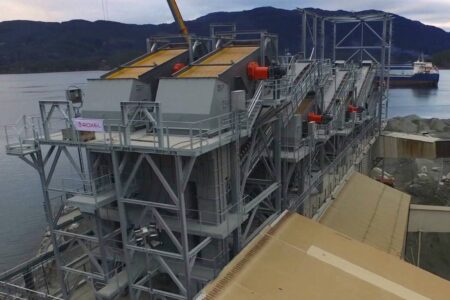
The elliptical vibrating screen combines the advantages of linear and circular vibrating screens with space-saving horizontal installation and high material throughput.

A SIEBTECHNIK circular motion screening machine is the classic solution for process engineering tasks in screen classification.
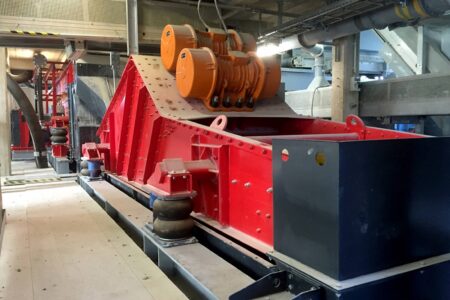
Our linear motion screening machine is used for screening and dewatering granular bulk materials. Even extreme requirements, high temperatures and low residual moisture can be realized with these machines.
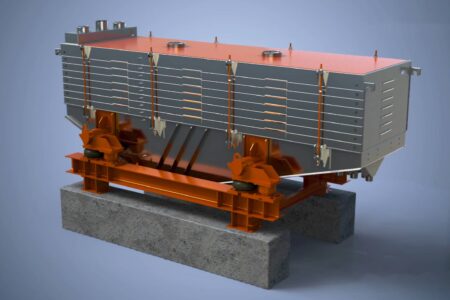
Our multi-deck screening machine is used as a control or classifying screen for free-flowing, dry or granular bulk materials.
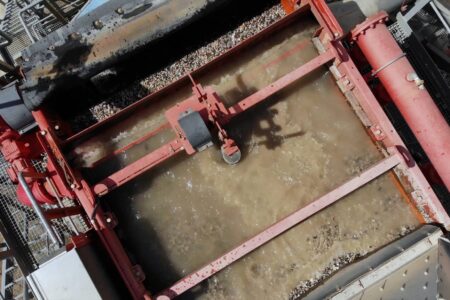
Our oscillating setting machine is specially designed for separating light material from heavy material with a grain size >1 mm.
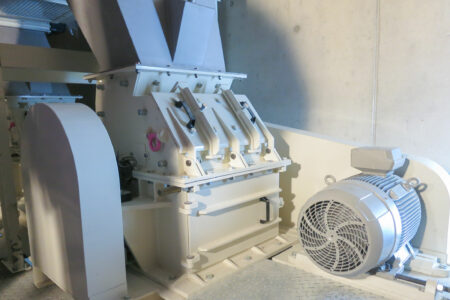
High-speed machines for impact shredding and impact crushing. Processing of soft to medium-strength materials and recycling of multi-material components.

Find the right contact for your region.
We have the right solution for every task. And if not, we’ll work with you to find one. Get in touch with us!
Our specialists will be happy to advise you individually on site or remotely, and are available to answer any questions you may have. Send us a message using our
